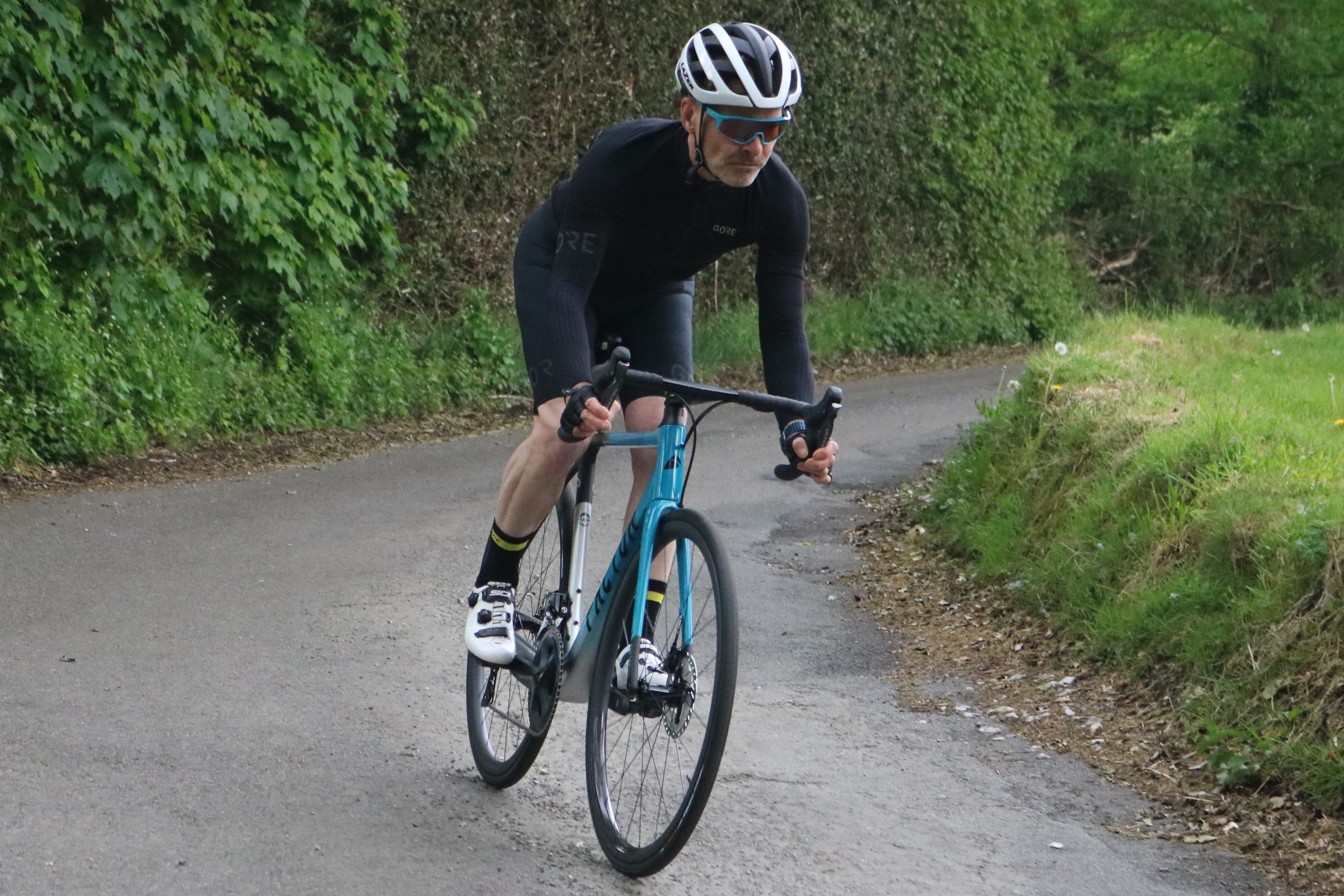How much does your position affect your speed?
Adopting a more aero position on your bike saves a lot of energy. It can help aero kit work better too.
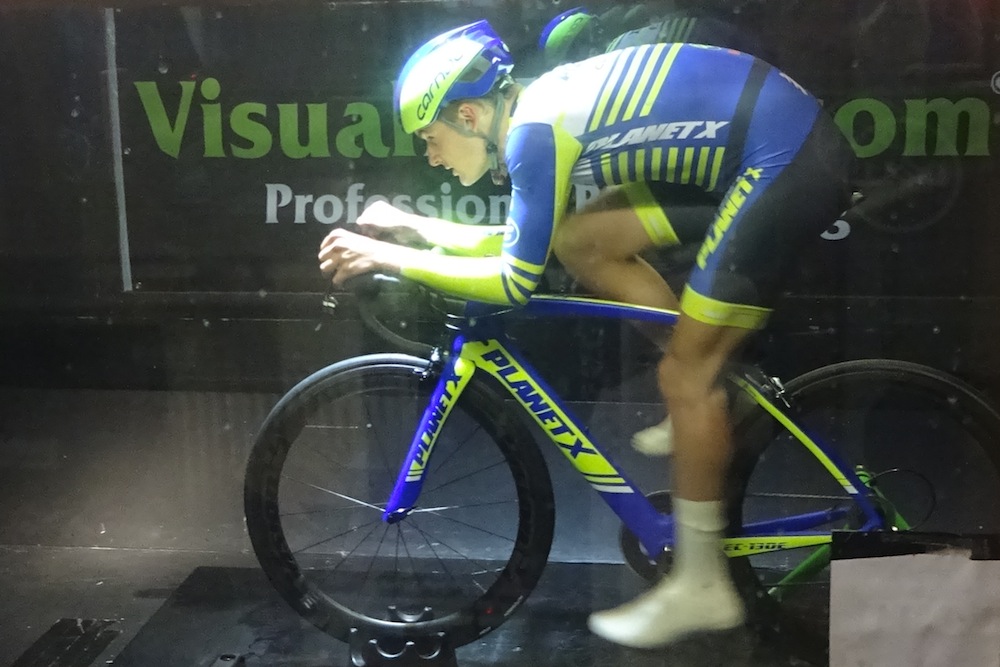
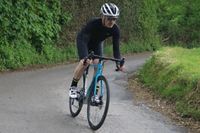
We’ve been with Planet X Bikes at the De Havilland windtunnel at Glasgow University. In our previous wind tunnel video, we looked at the energy savings from swapping to different pieces of aero kit. This time we look at how much energy you can save by adopting a more aero position on your bike.
>>> How much faster is an aero bike?
Planet X-Northside pro rider Ben Hetherington rode in the windtunnel on a turbotrainer, with the drag generated in a 47kph airflow measured by strain gauges under the platform on which his bike was positioned.
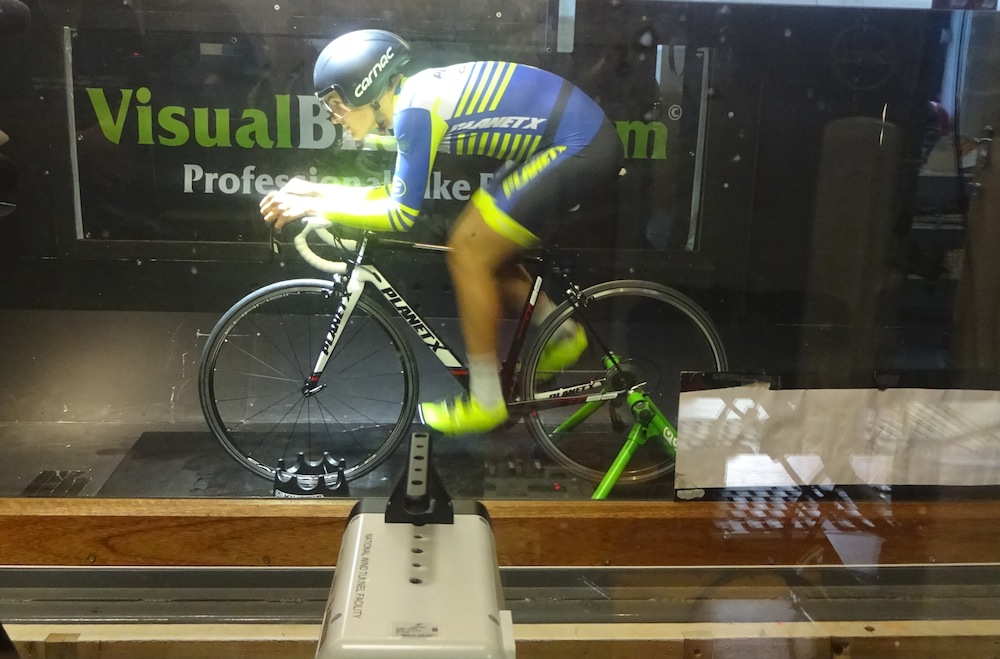
Ben started off in quite a relaxed position, with spacers below his stem and his arms straight. This generated drag which, in the real world, he would need to put out 592 Watts to overcome. Just adopting a more aero position by crouching down on his bars to reduce his frontal area saved around 30% of this effort.
>>> Study shows racing cyclists get aero benefit from a following motorbike
Further quick changes to his position – fitting a longer stem and adjusting his saddle height – reduced Ben’s drag by a further 20 Watts, so that he would now need to produce 400 Watts to ride at the same speed. And it’s likely that further adjustment and retesting could reduce this figure even further.
>>> How to be more aero on your road bike
The latest race content, interviews, features, reviews and expert buying guides, direct to your inbox!
And your aero equipment works better too
We also found that changing Ben’s position meant that the aero kit which he was using functioned better. A visored short tailed aero helmet actually increased drag over Planet X’s more vented yellow and blue aero helmet when Ben rode a road bike in his tucked position. This is probably due to him having quite a large gap between the helmet’s tail and his shoulders, which generated turbulence along his back.
>>> Are longer shorts more aero?
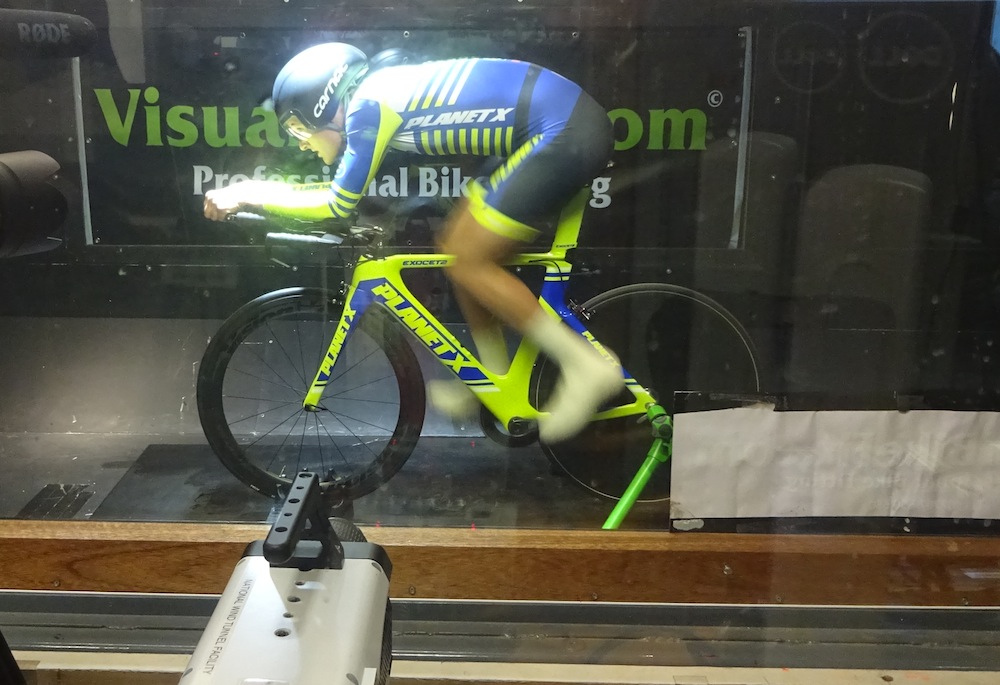
When Ben wore the same helmet on a time trial bike, the gap at his shoulders was a lot less and the enclosed helmet reduced drag by 11 Watts over the more vented aero helmet.
>>> Is a long-tailed aero helmet faster?
So getting a fine tuned aero position is important as it doesn’t just reduce your own wind resistance and the power which you need to produce, it also means that any aero kit which you are using is likely to function better too.

Thank you for reading 20 articles this month* Join now for unlimited access
Enjoy your first month for just £1 / $1 / €1
*Read 5 free articles per month without a subscription

Join now for unlimited access
Try first month for just £1 / $1 / €1
Paul started writing for Cycling Weekly in 2015, covering cycling tech, new bikes and product testing. Since then, he’s reviewed hundreds of bikes and thousands of other pieces of cycling equipment for the magazine and the Cycling Weekly website.
He’s been cycling for a lot longer than that though and his travels by bike have taken him all around Europe and to California. He’s been riding gravel since before gravel bikes existed too, riding a cyclocross bike through the Chilterns and along the South Downs.
